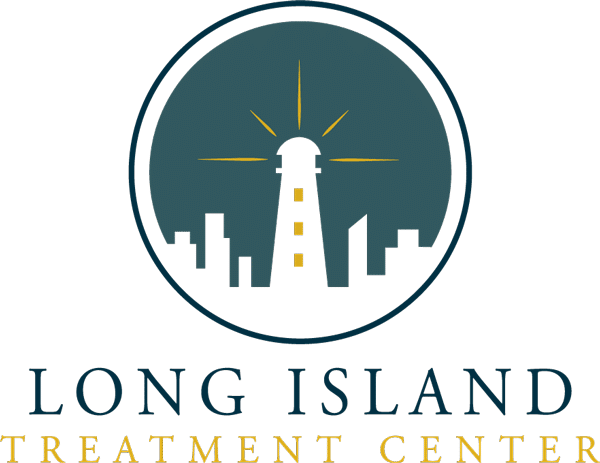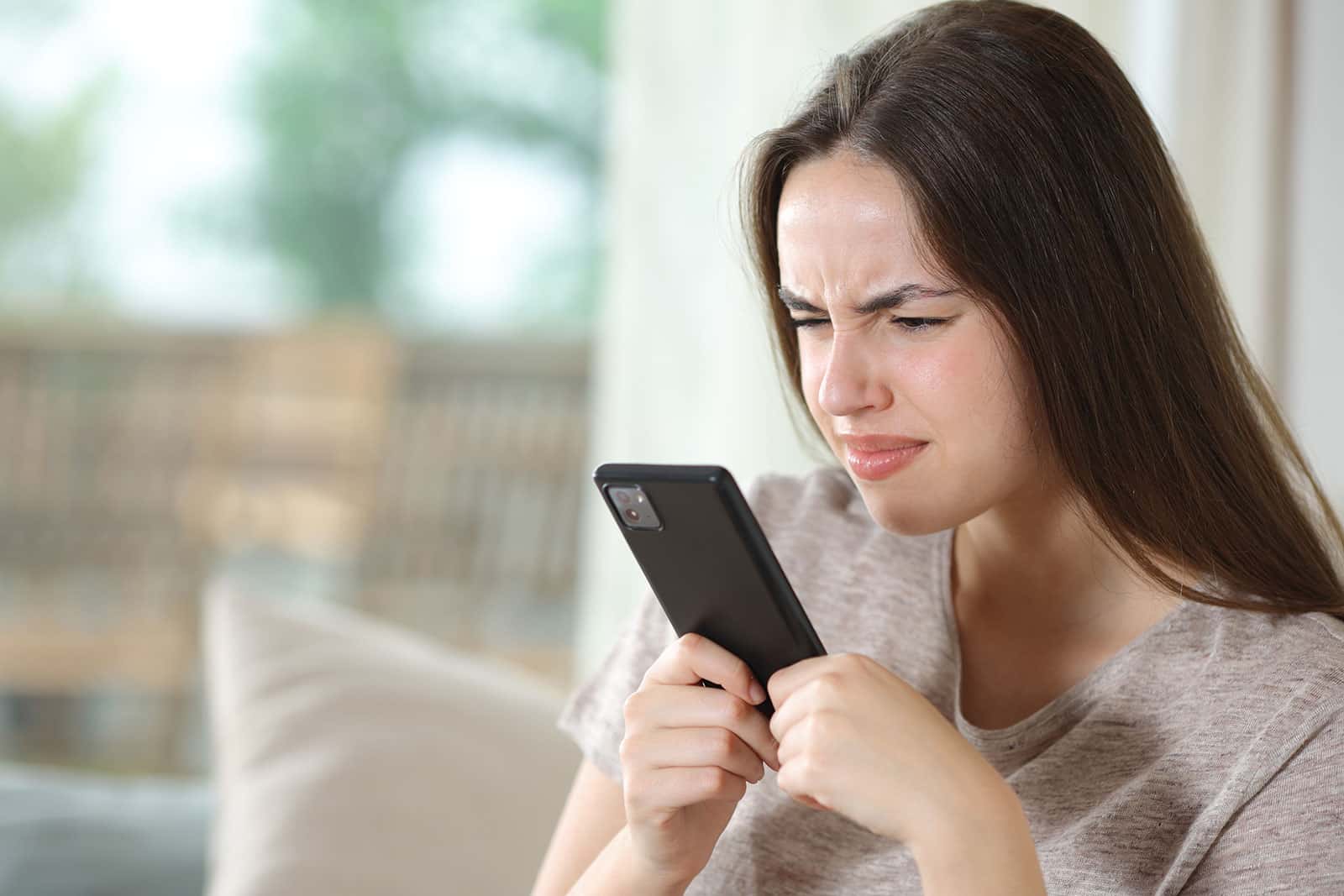Have you ever noticed how someone’s eyes immediately give away that they’ve been drinking? We’ve all witnessed it: the unmistakable glassy stare, bloodshot eyeballs, and an unfocused gaze.
You’d notice these signs even more when you’re concerned about a loved one’s behavior or your own drinking habits. In this guide, we explain why the eyes are affected, when to worry, and how to receive proper treatment.
Table of Contents
- The Short-term Effects of Alcohol Consumption
- The Bloodshot Appearance and Other Immediate Signs
- Understanding Double Vision and Blurred Vision
- The Science Behind Alcohol’s Effects on the Eyes
- Chronic Alcohol Use and Long-Term Consequences
- The Psychological Signs Behind Drunk Eyes
- When to Seek Professional Help
- Treatment and Recovery
- Final Thoughts
The Short-term Effects of Alcohol Consumption
Alcohol starts affecting your eyes minutes after consumption. A person raising a glass at a social event probably wouldn’t think much of it, but the alcohol soon enters the bloodstream and quickly reaches the brain.
The first function that gets disrupted is the coordination between the nervous system and the eye muscles.
In 2016, the University of Michigan published an eye-opening study. It showed that just three alcoholic drinks can bring blood alcohol levels to approximately 0.05%.
Just this level is sufficient to impair a person’s ability to focus their vision. It lowers alertness and decreases coordination.
This was followed by extensive reserach that collectively reached similar results. Beyond any doubt, alcohol intake significantly reduces binocular visual performance and vergence function.
In simpler terms, it becomes more difficult for your eyes to work together effectively after a couple of beers.
The Bloodshot Appearance and Other Immediate Signs
After having a few drinks, why do the little capillaries in the eyes suddenly become visible and inflamed?
It’s actually a direct result of the alcohol. This substance is a strong vasodilator, which means that it makes the blood vessels expand. As they do so, blood rushes a lot more into them, and they become more visible.
As the tiny capillaries in the eyes become more inflated with blood, they cause the characteristic “bloodshot” appearance that’s often the first sign someone has been drinking.
Alcohol also tends to reduce the amount of oxygen in the blood, making the arteries rather congested. The eyes then turn puffy and swollen.
That’s not all. Your eyes may also become dry because alcohol suppresses antidiuretic hormone production, leading to dehydration that affects tear formation.
You probably noticed a “glassy” glazed look that many people have by the end of the party. Alcohol affects the eyelid muscles, which interferes with a person’s natural blinking pattern. This laziness eventually reaches the pupils and slows down their response to light changes.
Understanding Double Vision and Blurred Vision
Dilopia, or double vision, is one of the most concerning symptoms of alcohol intoxication. Blurry vision is another way to describe this sensation. Either way, this defective manner of perceiving the world is a common side effect of excessive alcohol consumption.
It typically happens when the blood alcohol concentration level (BAC level) reaches 0.08%, though it can vary from one person to another. Thus, for some individuals, even “light drinking” can be dangerous.
To illustrate, the following figures show how vision is affected by varying levels of intoxication.
A Couple of Drinks: 0.05% BAC
- Rapid focus ability impaired
- Reduced alertness and coordination
- Steering difficulties begin
Legal intoxication limit: 0.08% BAC
- Double vision commonly occurs
- Blurred vision typically occurs at a 0.10% blood alcohol level
- Significant coordination problems
Intoxicated: 0.10% BAC and above
- Severe visual disturbances
- Major coordination impairment
- Dangerous driving conditions
Both double vision and blurred vision significantly increase the risk of accidents and injuries. At this level of drunkenness, it’s hazardous to drive, walk down stairs, or perform any task that requires visual precision.
The Science Behind Alcohol’s Effects on the Eyes
Alcohol primarily affects the brain’s visual cortex and the neural pathways that connect your eyes to your brain’s processing centers.
When alcohol enters your system, it amplifies the effects of GABA. So, is this good or bad? GABA is a neurotransmitter that inhibits brain activity.
You feel that you can’t understand or respond to visual information. Your eye movement struggles to catch up with what’s happening around you, and that’s definitely not a good thing.
Alcohol also affects the vestibulo-ocular reflex, which helps stabilize your vision when your head moves.
At the cellular level, alcohol affects the retina’s ability to adapt to different light conditions. This explains why people often experience increased sensitivity to bright lights when drinking.
Intoxication also impairs color vision and contrast sensitivity. Under the effect, it’s much harder to see shades clearly. This is actually a serious matter. It makes simple activities like night driving much more difficult and risky.
Chronic Alcohol Use and Long-Term Consequences
Drinking alcohol consistently, over a long time, can cause permanent damage that sticks around long after a person has sobered up. It’s not just about looking tired or bloodshot anymore. We’re talking about serious vision problems that could affect you for life.
Here’s what heavy drinking does to the eyes over time:
- Age-related macular degeneration risk increases: This is the leading cause of blindness, and alcohol abuse makes it more likely for heavy drinkers.
- Cataracts: The lens of your eye becomes cloudy, causing blurred vision. Heavy drinking can cause this to happen decades earlier than normal, sometimes in your 40s.
- Optic neuropathy (toxic amblyopia): The optic nerve literally gets poisoned by alcohol and poor nutrition, leading to vision loss.
- Color vision problems: Having trouble distinguishing between colors, especially reds and greens.
- Chronic dry eyes: Tears become of a lower quality because alcohol traces show up in them, which eventually leads to dry eye syndrome.
- Permanent light sensitivity: Bright lights become uncomfortable even when not drinking.
The bottom line? What starts as temporary “alcoholic eyes” can become permanent vision problems if drinking becomes a regular habit. The good news is that many of these long-term effects can be slowed down, or even reversed, with proper treatment and sobriety.
The Psychological Signs Behind Drunk Eyes
Many people drink to escape difficult feelings or numb emotional pain. They often look vacant, unfocused, or even lifeless. A shadow of their former self. It’s like the person is there physically, but checked out mentally.
The glassy appearance also reflects how overwhelmed their brain is. When someone’s mind is struggling just to handle basic functions, there’s not much left for socializing or being productive.
So those distant eyes aren’t just a physical symptom. Quite often, drunk eyes reveal a person who’s emotionally and mentally drained.
When to Seek Professional Help
Let’s be honest, sometimes it’s hard to know when drinking has crossed the line from “just having fun” to something more serious. In such cases, the eyes can be a pretty good indicator that it’s time to get some help.
Maybe you’ve caught yourself in the mirror after drinking, or someone’s made a comment about your eyes. These moments matter. They’re signals worth paying attention to.
The following are red flags you shouldn’t ignore:
- Your eyes stay red, dry, or irritated even when you’re not drinking
- You’re having vision problems or trouble seeing colors clearly
- You’re worried about what your eyes give away about your excessive drinking
- Friends or family keep commenting on how you look
- You’ve had close calls or accidents because you couldn’t see clearly while drinking
If any of these sound familiar, don’t wait. When your drinking starts affecting your vision, your safety, or your relationships, that’s your cue to reach out for professional support. You don’t have to figure this out alone.
Treatment and Recovery
The good news is that many of the changes alcohol causes in your vision can be reversed. There’s no big secret; it all comes down to getting the right kind of support and staying sober.
You may start to notice clearer eyes, less redness, and better focus just days or weeks after you stop drinking.
Effective addiction treatment should address both the physical and emotional sides of alcohol use. With medical guidance, your withdrawal symptoms can be managed safely, and any vision-related health concerns can be properly treated.
Approaches such as cognitive behavioural therapy (CBT), group counselling, and nutritional support are often part of a comprehensive care plan. Some programmes include eye disease assessment, vitamin therapy, and education on how alcohol affects the body.
Treatment may also involve mindfulness practices, relapse prevention planning, and support for co-occurring mental health issues like anxiety or depression. These strategies work together to help you rebuild a healthier, more balanced life.
A complete recovery plan helps you reconnect with yourself and build healthier coping strategies.
Final Thoughts
Alcohol changes more than just how you feel. It literally changes how you see the world and how others see you. The blurred vision, bloodshot eyes, and that distant look aren’t just temporary side effects. They’re your body’s way of showing the real impact.
The research is clear; even small amounts of alcohol can affect your vision, and ongoing use may cause long-term harm. But the story doesn’t have to end there. With the right care and support, full recovery is quite possible.
If you’re concerned about yourself or someone close to you, it’s time to take the next step. Long Island Treatment Centers offer compassionate, professional care to help you regain clarity in your eyesight and your life.
Recovery starts with reaching out, and we’re here when you’re ready.


